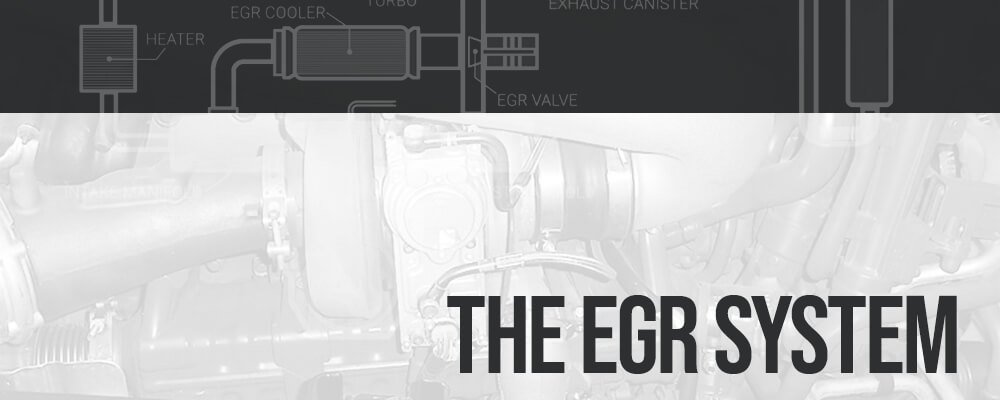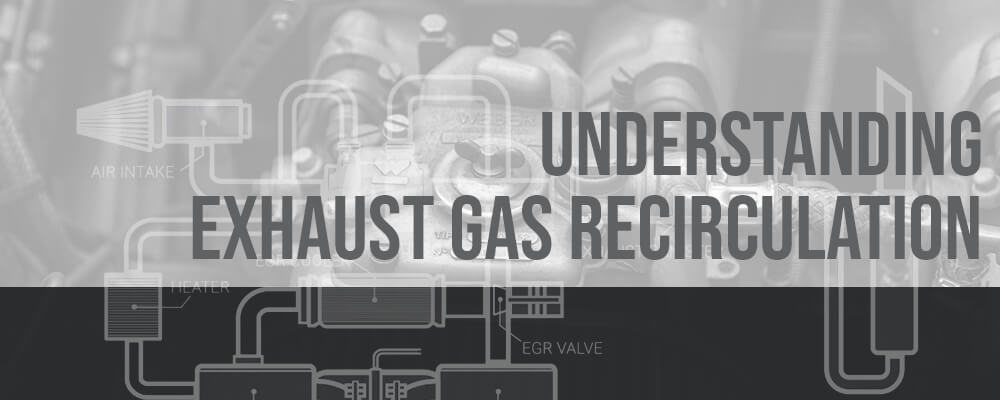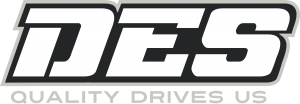
One common mistake diesel technicians make when diagnosing problems and performing repairs on the aftertreatment system is to only look at one part of the system instead of the entire system. Upstream problems are often the cause of downstream failures.
It is important that whoever is performing maintenance and repairs on your aftertreatment system understands how the four components of the system work. They need to know what they are and the function that they perform. This basic information provides the foundation for the maintenance program and diagnostic and repair criteria that keep fleets from experiencing rising costs and unscheduled downtime caused by premature aftertreatment failures.
At Diesel Emissions Service, we have specialized in maintenance and repairs on aftertreatment systems since 2006 and we have seen firsthand the negative impact on fleets when the aftertreatment system is mismanaged. In this article, we are going to focus on maintaining the EGR.
Understanding the Exhaust Gas Recirculation (EGR)
How it works:
Engine manufacturers know that if they can lower cylinder temperature during the combustion process, they will lower the amount of NOx created. The EGR removes a portion of the oxygen and replaces it with an inert gas. Those inert gases lower the cylinder temperatures. The EGR cooler (or coolers depending on which engine we’re talking about) lowers exhaust temperature before it’s reintroduced into the intake manifold.

The Symptoms of EGR Failure and What to Do About It
The most common issues are rough idle, increased fuel consumption, and excessive fuel knock. The problem is that these symptoms can also be indications of other problems unrelated to the EGR. An experienced diesel technician will perform several diagnostic checks to identify if the EGR is the cause.

Recommended EGR Maintenance Procedures
OEMs don’t offer EGR maintenance procedures, but there are machines available to the independent service channel that have been specifically designed to help in this area.
In the diesel industry, it is well known the EGR system loads the intake tract, injectors, EGR cooler, and the turbo with carbon, which interferes with the engine’s ability to maintain the air-fuel ratio.
We use a special machine to remove this carbon build-up by running a solution through the engine while the EGR is commanded in the open position to make sure every aspect of the engine receives the decarbonizing solution. We recommend that this is done during the yearly DPF service while the truck is out of service. It is a 1-hour process and requires an oil change.
Repair Procedures for the EGR
Because failure of the EGR is usually related to a carbon build-up, maintaining the EGR system and the other engine components affected by the carbon build-up is the first step. But there are times when replacing the EGR and related parts is the most cost-effective option. Repair procedures are manufacturer-specific. But generally, the procedure is relatively straightforward and is similar from one engine to another.
If you require a more comprehensive aftertreatment maintenance and repair service, contact us today.
We hope you found this article helpful. At DES, we believe in putting out educational and informative content to not only our customers but for the general industry to grow and benefit from.
To share this article, use one of the social media icons above.
DES is a recognized leader in the diesel emissions industry. We provide a wide range of services for municipalities, fleet operators, and all manner of transportation and construction businesses all across the west coast.
We’re social, follow DES on your social network of choice.
More News
Get the latest on the industry and DES.

